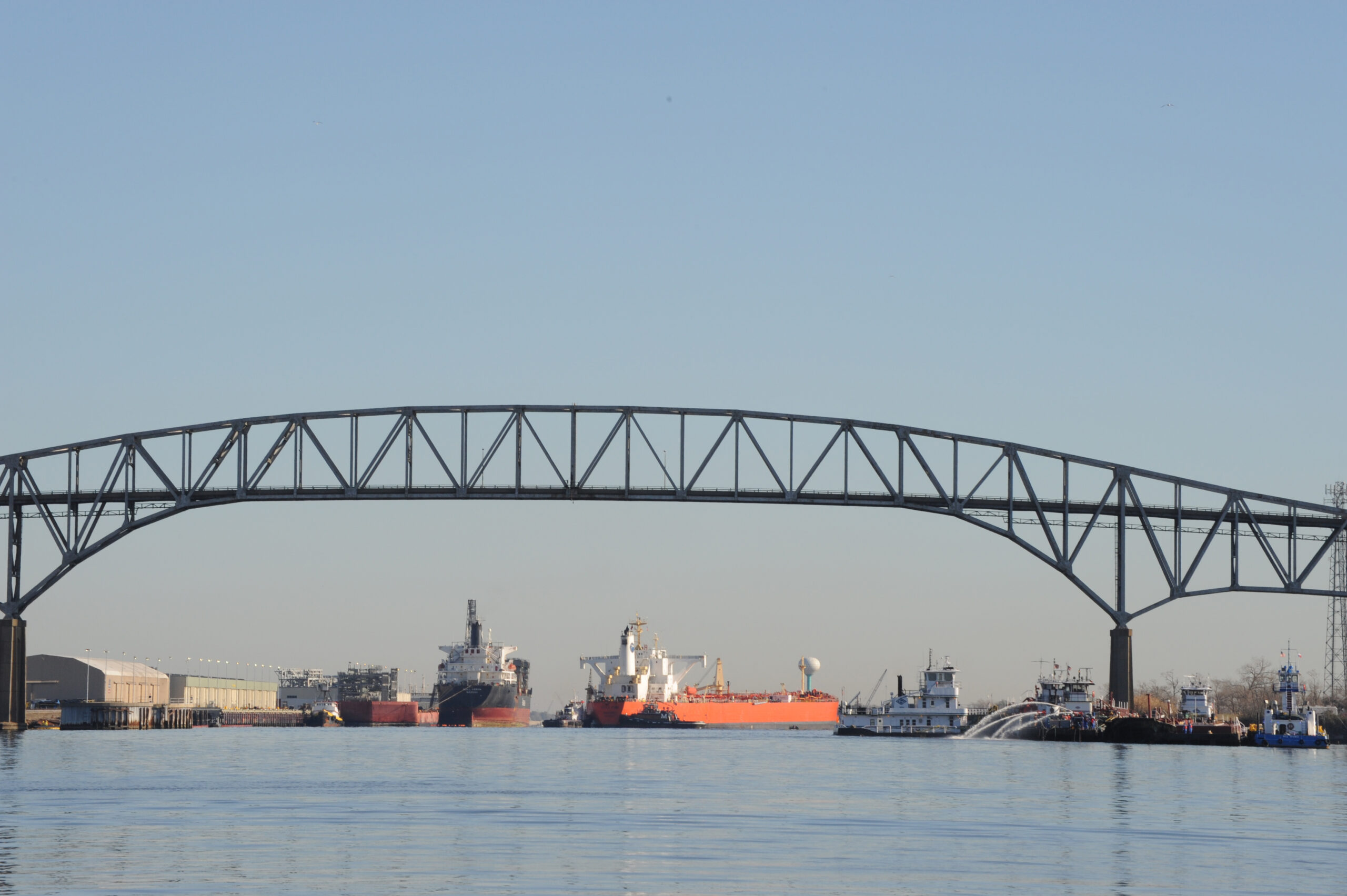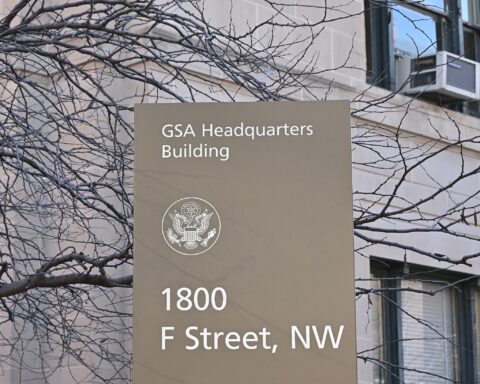This story was originally published in the Texas Government Insider newsletter from Strategic Partnerships, Inc. To have the latest government contracting news stories from across the country delivered straight to your inbox, click here to subscribe.
The Texas Transportation Commission (TTC) has approved $400 million in loans to support two ship channel improvement projects on the state’s southern trade ports. The projects, located in Brownsville and Beaumont, will play a vital role in supporting trade, job creation and maintaining the state’s strategic position in global maritime markets.
The TTC, the governing body of the Texas Department of Transportation (TxDOT), will deliver loan funds to the two projects through the state’s Ship Channel Improvement Revolving Fund (SCIRF). The SCIRF has offered funding opportunities for ship channel improvement projects around the state since its establishment in Texas’ 85th Legislative Session. For 2024, Texas’ 88th Legislative Session approved $400 million in general revenue to fund the SCIRF.
These two projects will begin work to expand and deepen critical waterways, further Texas’ economic development and create hundreds of thousands of jobs throughout the projects’ construction timeline.
RELATED: Ports nationwide looking to expand, with an eye on safety
Representing the larger of the two projects, the TTC will loan $357 million to the Sabine-Neches Navigation District (SNND) for the Sabine Neches Waterway project in Jefferson County. SNND will use the funds to deepen the waterway from 40 feet to its authorized depth of 48 feet, a critical adjustment to accommodate larger ships.
The overall project is estimated to cost $1.8 billion, with SNND responsible for $600 million of the local share.
The third largest waterway by tonnage in the U.S., Sabine Neches Waterway is crucial for generating business, trade and tax revenue for Texas. Officials anticipate the project’s completion will spur $200 billion in business activity, $6 billion in annual sales tax revenue and create over 335,000 jobs during its development.
Additionally, since the project will encompass two strategic U.S. military ports, the Sabine Neches Waterway project will also play a vital role for national defense initiatives.
The Brownsville Navigation District (Port of Brownsville) is set to secure a $43 million loan from the TTC for a Brazos Island Harbor Channel deepening project. The project, estimated to cost $139.5 million, will leverage state, federal and private investments to deepen Brazos Island Harbor Channel by 10 feet, from 42 feet to a newly authorized depth of 52 feet.
The Port of Brownsville is a deepwater seaport covering a 17-mile-long ship channel at the southernmost tip of Texas. Boasting 51,000 concurrent jobs and over $3 billion in annual state economic activity, the port is one of the largest foreign trade ports in Texas and in the country.
Officials anticipate the project will create 800 permanent full-time jobs, increase access to clean energy, enhance export capacity and expand Texas’ economic development.
“Texas ship channels and seaports are economic engines within our state,” Texas Transportation Commissioner Steven D. Alvis says in a press release. “Ship channel improvement projects are extremely costly, often making it incredibly difficult to make improvements. The foresight of the Governor and the Texas Legislature to make Ship Channel Improvement Revolving Fund loans available is critical to ensure Texas ship channels are prepared to accommodate larger vessel sizes, resulting in a more robust and resilient supply chain.”
Highlighting TTC and TxDOT’s commitment to enhancing Texas maritime infrastructure, the department is also seeking additional funding for further port improvements in its 2026-2027 Legislative Appropriations Request.
Additional information and resources on the SCRIF and TxDOT investments is available on TxDOT’s grants and funding section.
Photo courtesy Petty Officer 2nd Class Prentice Danner, Public domain, via Wikimedia Commons













